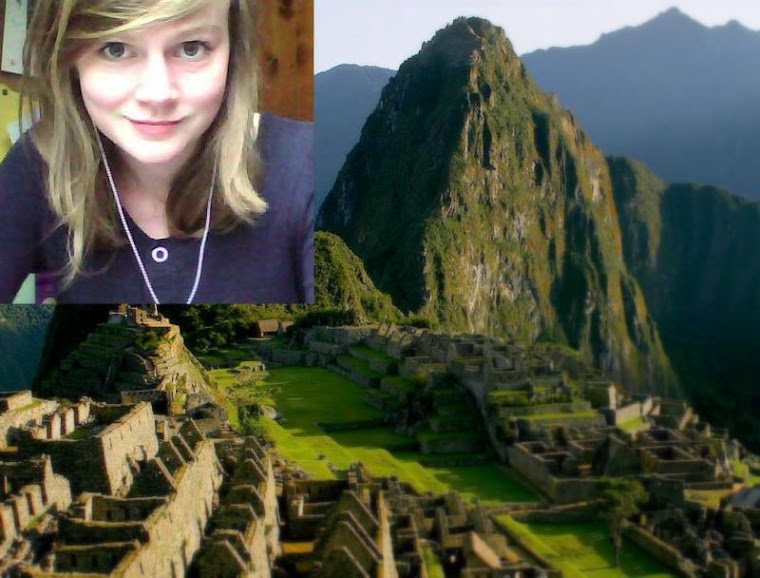
Today was our last day with the Williamson family in Cusco. We spent it dashing between market stalls, buying brightly coloured Peruvian hats, handfuls of earrings and shining beads, thick knitted cardigans and colourful paintings. We want to take some of the vibrancy of Peru home with us.
Tim enjoyed spending his evening running backwards and forwards over a concrete football pitch with some of the local boys who are of a similar age to him.
We have really enjoyed our time in the picturesque region of Cusco, this being all the more evident by the sadness that we feel of the thought of flying back over the mountains tomorrow.
A last night in the capital city of Lima awaits us however, before the long journey back to Britain.




























